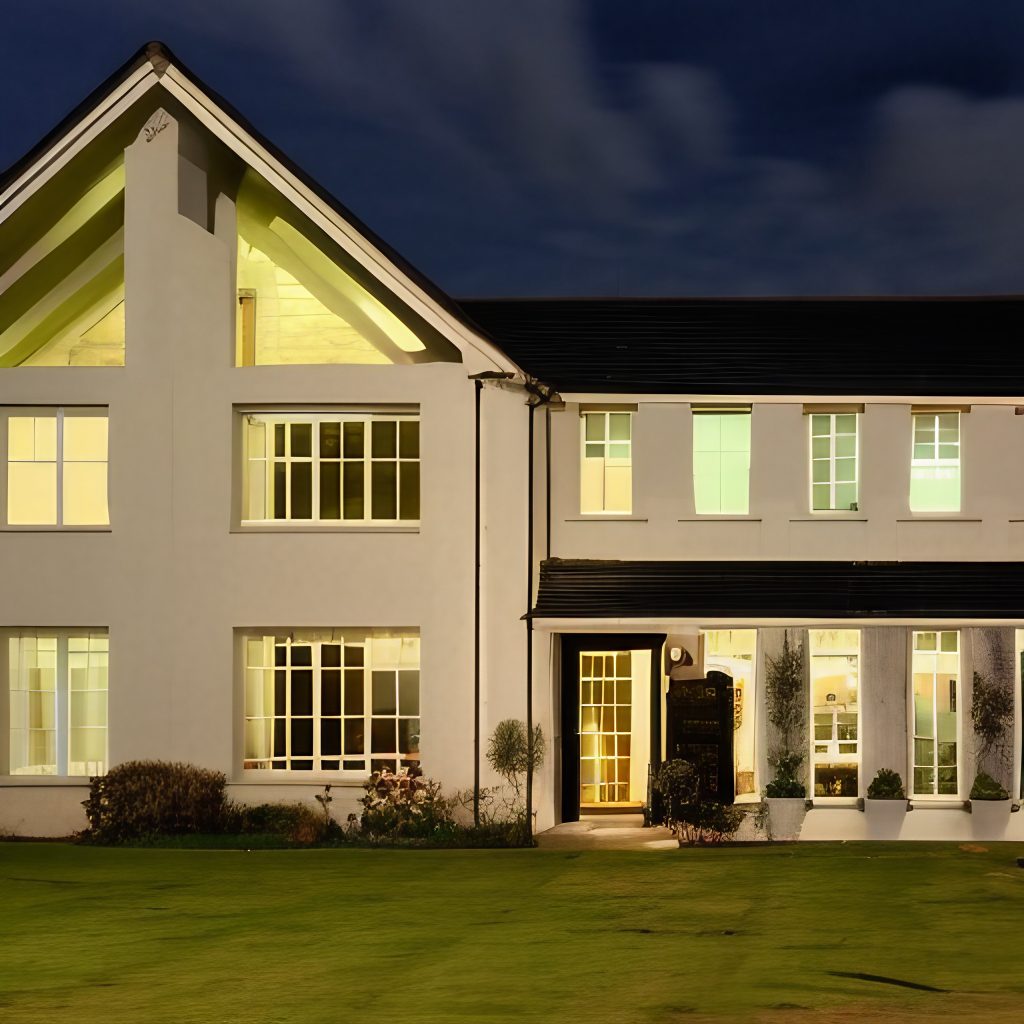Exploring the benefits of Modern Methods of Construction
In recent years, there has been a dramatic shift away from traditional building methods towards modern construction. From prefabricated structures to rapid assembly and modular construction, there are now many ways of quickly and efficiently constructing a building. This article will explore the various benefits of modern methods of construction when compared to more traditional approaches.
One major benefit of modern construction is speed – modular buildings can be constructed much faster than those built with traditional methods. This means the time taken to build homes, offices and other structures is significantly reduced, providing more versatility for developers. Additionally, this speed can help to reduce labour costs and increase efficiency in the overall development process.
New Technologies in Modern Construction
The new technologies used in modern methods of construction also enable greater consistency in quality across projects. As these techniques are designed for repeatability, each structure will be consistent with high levels of reliability and accuracy – something that’s difficult to achieve with older methods of construction.
Furthermore, advanced features such as digital twins offer additional advantages in terms of safety and design accuracy.
Modern Methods of Construction
Modern methods of construction have also helped to reduce environmental impacts by decreasing waste and energy consumption during the building process. Prefabricated materials tend to use fewer resources than traditional building materials, while their production cycle is often shorter, reducing resource usage.
Additionally, some modern constructions are made up of recycled components or can even be disassembled at the end of their life for reuse elsewhere – significantly reducing the embodied energy needed to produce them anew every time they’re required.
History of Modern Methods of Construction
Modern methods of construction (MMC) have revolutionized the way we build, resulting in structures that are faster, more affordable, and more durable than traditional construction techniques. From pre-fabricated panels to structural insulated panels (SIPs), these advanced techniques can save time, money, and labour costs.
The introduction of MMC began with prefabrication in the late 19th century. Prefabrication is the manufacture of components offsite in a controlled environment for assembly onsite. It was initially used for simpler projects like temporary buildings and sheds but its popularity quickly grew due to its cost and speed benefits. Today, it’s still used across a wide range of industries including healthcare, education, retail, hospitality, industrial and military applications.
In the 1950s, another form of prefabrication called System Building became popular. This process involves the design and production of complete systems such as staircases, walls or roofs that arrive at the site ready to be installed. This technique is still widely used today in all types of construction projects such as residential developments and public buildings.
In the 1960s came panelisation—the use of large sections types of modern methods of construction which are connected together either onsite or offsite to form entire walls or roof assemblies. These sections are assembled from standardized components manufactured in a factory setting which means they can be made quickly and accurately with little wastage. Panelization is commonly used for larger projects where speed and accuracy are essential such as hotels and apartment blocks.
Structural Insulated Panels (SIPs) are another form of modern method that has been gaining popularity over recent years due to their superior insulation properties along with their excellent acoustic performance capabilities. SIPs consist of two layers each containing an insulating foam core material sandwiched between two sheets of OSB (oriented strand board). This creates rigid sections that fit together like a jigsaw puzzle providing strong structural support while increasing energy efficiency significantly compared to traditional construction techniques.
Modern Methods of Construction have changed the face of construction over recent decades significantly improving efficiency, reducing waste and accelerating project timescales considerably helping businesses deliver their projects faster and cheaper whilst adding value through enhanced building performance levels
Conclusion
In short, it’s clear that there are many advantages associated with modern methods of construction today – from improved design accuracy to faster speeds and lower environmental impacts – all making them an attractive option for developers looking for reliable alternatives to traditional building techniques.






